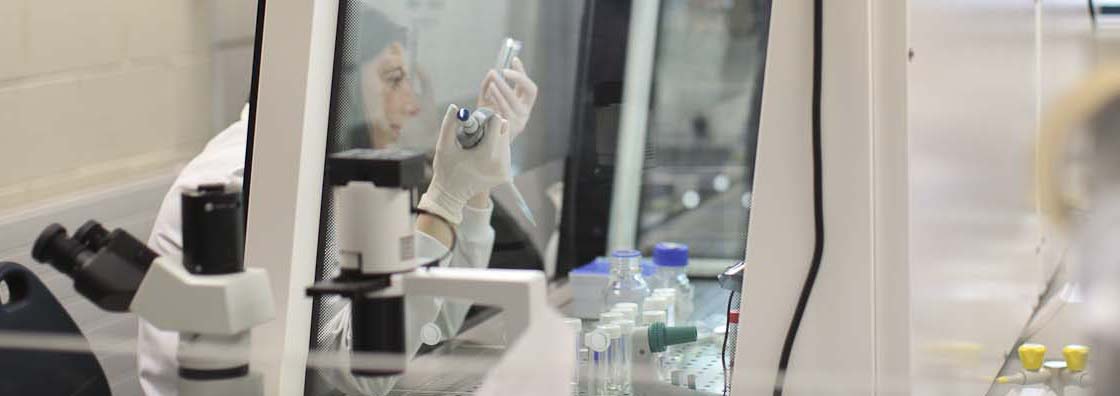Our Research
Biology is the study of life - everything from the tiniest microbe to entire ecosystems that spread across the planet. And understanding more about life will help us to tackle major societal challenges, including human and animal health, food security and effects of climate change.

